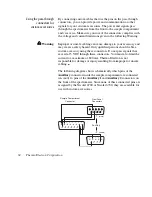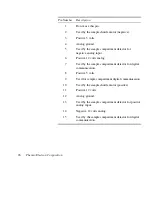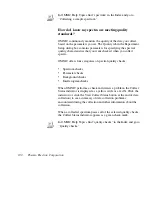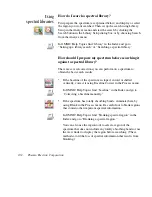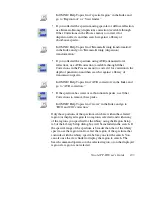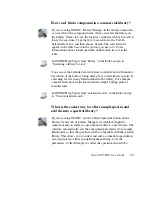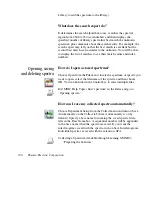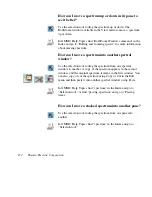
?
In OMNIC Help Topics find “spectral region” in the Index and
go to “Region tool” or “View finder.”
•
If you collected the spectrum using specular or diffuse reflection,
use Kramers-Kronig (dispersion) correction (available through
Other Corrections in the Process menu) to correct it for
dispersion effects and then search it against a library of
absorbance spectra.
?
In OMNIC Help Topics find “Kramers-Kronig transformation”
in the Index and go to “Kramers-Kronig (dispersion)
transformation.”
•
If you collected the spectrum using ATR (attenuated total
reflection), use ATR correction (available through Other
Corrections in the Process menu) to correct it for variation in the
depth of penetration and then search it against a library of
transmission spectra.
?
In OMNIC Help Topics find “ATR correction” in the Index and
go to “ATR correction.”
?
•
If the spectrum has water or carbon dioxide peaks, use Other
Corrections to remove these peaks.
In OMNIC Help Topics find “water” in the Index and go to
“H2O and CO2 correction.”
Only those portions of the spectrum which are within the selected
region (or displayed region if no region is selected) and within any
of the regions you specified for the library using the Region Setup
tab of the Library Setup dialog box will be included in the search. If
the spectral range of the spectrum is broader than that of the library
spectra, use the region tool to select the region of the spectrum that
coincides with the library spectra before you start the search. You
can also use the view finder to display the region to search. The
Search command operates on the selected region, or on the displayed
region if a region is not selected.
Nicolet FT-IR User’s Guide 103






